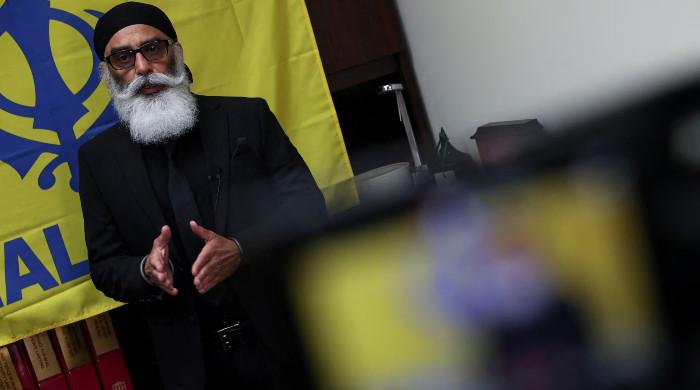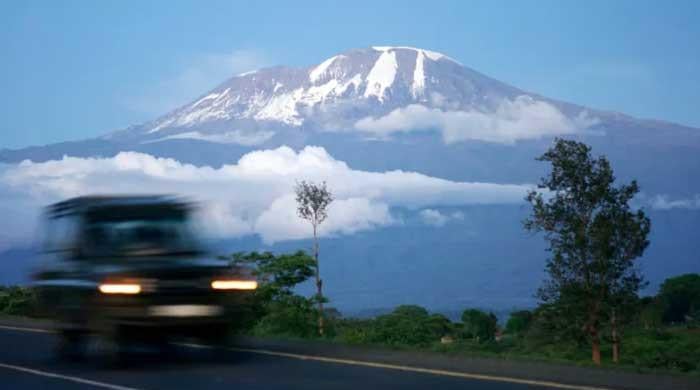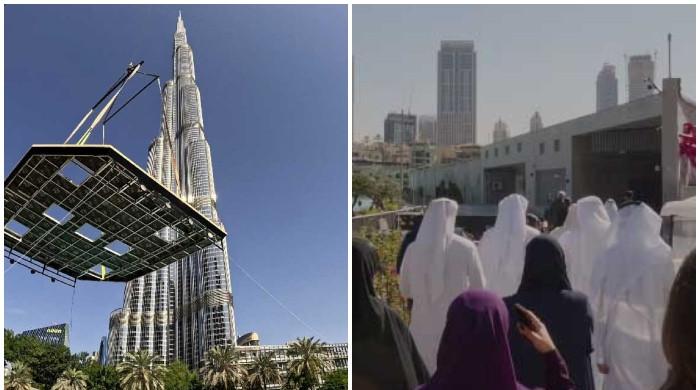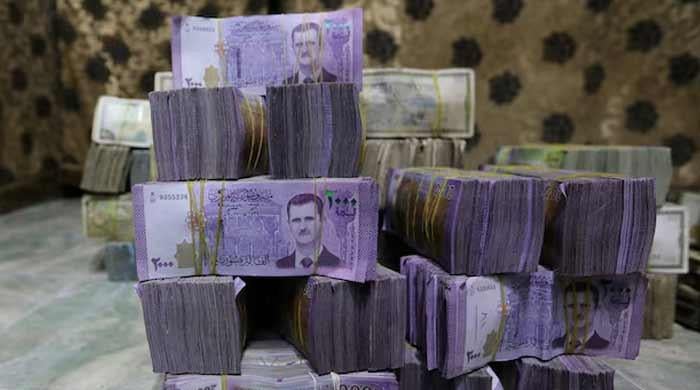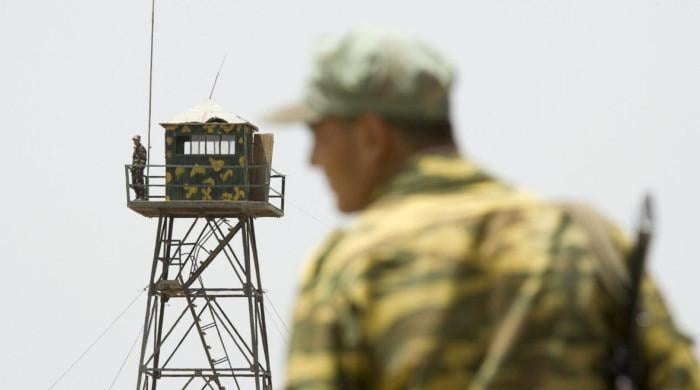Istanbul – a beautiful fusion of history, cultures and nature
A traveler's fond memories of Istanbul
November 18, 2016
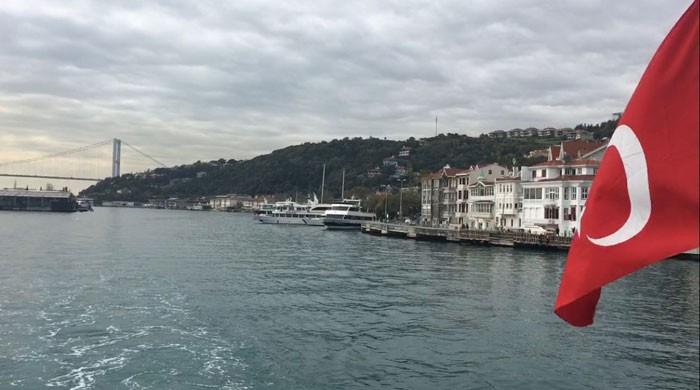
Istanbul, Turkey’s commercial, tourism and cultural centre situated at the junction of Europe and Asia, is gifted with a priceless historical heritage spanning over centuries. Beautiful houses dotting scenic mountains along the sea on the Bosphorus strait, at the confluence of the Sea of Marmara and the Black Sea enthrall millions of visitors. Ancient and elegant architecture of the city captures the hearts of art and history enthusiasts from all over the world.
This great, historical city served as the capital of the Greek, Roman and Islamic empires centuries ago. It was known as Constantinople when it was the capital city of the Roman/Byzantine Empire. Present-day Istanbul is still alive with remnants from the days of the Roman and Ottoman Empire.
Crossing the majestic Bosphorus Strait on a boat, I was mesmerized by the beauty of Istanbul. Wherever I looked, I saw lush green mountains and a beautiful fusion of old and new buildings. Rich with scenic landscapes, Istanbul transports visitors to an entirely different world – a world where mountains collide with the oceans and history merges with the future.
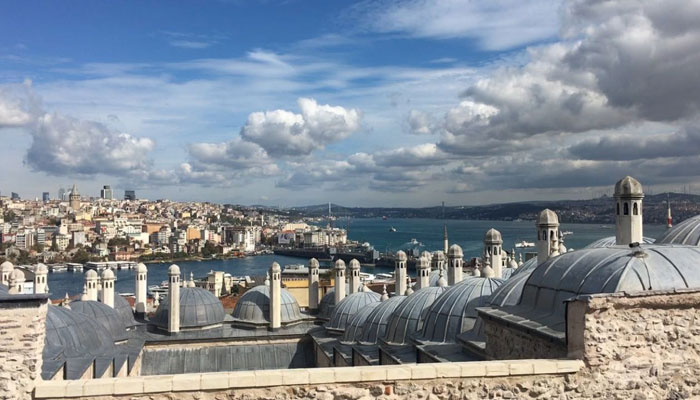
The old part of Istanbul stretches across seven hills, which is why Istanbul is often called the ‘City on the Seven Hills’. A mosque has been built atop each of these hills, and whenever I saw these mosques I was reminded of the rich Islamic history that Istanbul embodies.
I visited the tomb of Hazrat Abu Ayyub Ansari (R.A.), a companion of Prophet Muhammad (P.B.U.H), and felt a spiritual calm taking over me. I was entranced by the reality of standing there, in an air heavy with history, gazing up at the intricate design of the tomb. Gripped by awe, I offered ‘fatiha’ and came outside, where I saw people distributing traditional Turkish sweets. After trying a few, I headed to a mosque nearby where I offered Friday prayers.
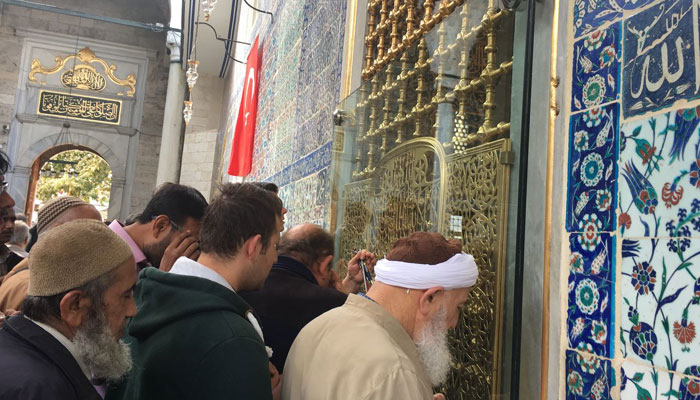
Tomb of Hazrat Abu Ayyub Ansari
Outside, the weather was turning a shade cooler as I hailed a cab to go to Topkapi Palace. On my way to the palace I could not keep my eyes off of the tree-lined avenues and vast green expanses of land. Tourists thronged the markets lining the streets, where hawkers showed off the local souvenirs and ancient masterpieces.
I arrived at my destination – Topkapi Palace, which was one of the major residences of the Ottoman sultans for almost 400 years. The palace houses some of the rarest and unique assets from the Prophet’s era, including clothes worn by the Prophet’s daughter Hazrat Fatima and his grandson Hazrat Imam Hussain. I felt humbled as I tried to absorb the sheer magnitude of reality around me.
The walls in front of me displayed the swords used by the Prophet’s companions in multiple battles – gleaming souvenirs from the bygone grand days of Islam. This section of the palace, adorned with souvenirs from Islamic history, is considered to be the most precious and important section. I feel if I started writing about the Topkapi Palace, I would not be able to stop..there would be so much to write and yet it still would not be enough to do justice to the true majesty of the palace and its museums. The thought of today’s leaders of the Islamic world struck me, and I bowed my head in embarrassment. What would the leaders from centuries ago say if they could know about today’s chaos in the Muslim world?
When I stepped outside, I realized it was getting colder. The temperature had dropped below 14 degree Celsius. I put on my jacket and walked slowly down the road, lost in thoughts. If only today’s Muslims had remained committed to scientific research and innovation.. if only they could focus on progress and peace rather than conflicts, they would have been the greatest nation in the world.
Tired, I decided to postpone the rest of my travel plans to the next day. Gripped with hunger, I made my way to a restaurant nearby. I had always heard great things about the Turkish cuisine, and now was my chance to experience it for real. I chose traditional Turkish dishes from the menu: ‘Dolma’ for starters and ‘Iskender Kebab’ and ‘Seekh Kebab’ along with Turkish ‘koftay’ and ‘pulao’ for the main course. Famished, I dug into my meal and loved every bite. It was delicious. For desserts, I ordered ‘pista and badam’ flavoured ‘Baklava’. I finished off with piping hot Turkish coffee, which was unforgettable. Exhausted after the day’s adventures, I headed to my hotel and was soon fast asleep.
The next day dawned bright and fresh. The view outside was irresistible, and I hurried outside to my Turkish breakfast. I chose Menemen, a special Turkish omelet dish, and cazu tender. Needless to say, it was one of the most delicious breakfasts I had ever tasted. Revived, I headed outside to start another day of adventure.
I kept an umbrella with me this time, as the weather forecast had predicted rain for the day. It was beginning to drizzle as I hailed a cab and directed the driver to take me to the Blue Mosque. Also known as Sultan Ahmed Mosque, the Blue Mosque is a historic mosque in Istanbul whose magnificent hand-painted blue tiles, five majestic domes, six minarets and eight secondary domes draw tourists from all corners of the world.
Another mosque, the Süleymaniye Mosque located on the Third Hill of Istanbul, is also a centre of tourist attraction. An Ottoman imperial structure, the mosque also houses the tombs of Sultan Suleiman and other rulers nearby. And of course, who can leave out the grand Hagia Sophia? The 'Church of the Holy Wisdom', now named Hagia Sophia, is a domed monument originally built as a cathedral in Constantinople which is now a museum.
Near the Blue Mosque is the Grand Bazaar, which is one of the largest and oldest covered markets in the world. Seeing hordes of tourists shopping, I decided to do some ‘window-shopping’ as well and ventured inside. It was, however, hard to resist the beautiful souvenirs on display. I relented and bought a T-shirt as a souvenir. Shops in Turkey close at 7pm – a stark contrast when you compare to markets in mega cities like Karachi and Lahore, which remain open most of the night.
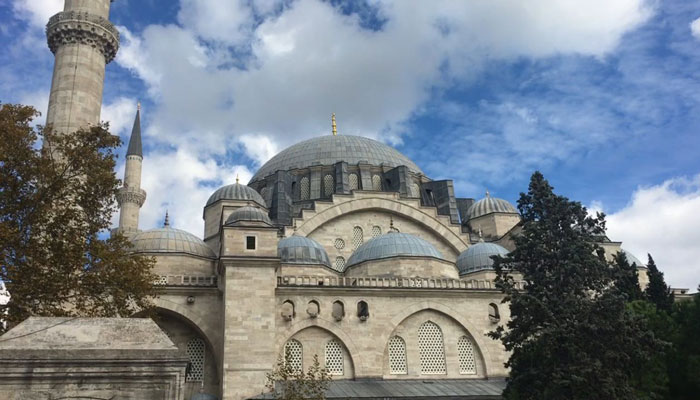
Suleiman Mosque
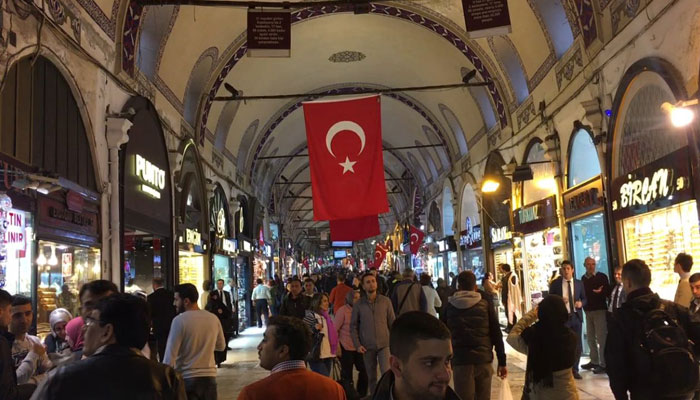
The Grand Bazaar
Feeling the first pangs of hunger, I went to a café nearby and scrolled down the menu. How difficult it is to choose from these tempting Turkish dishes..! The ‘paradox of choice’ was evident in all its glory. I decided to go for ‘dürüm’ – a wrap usually filled with typical döner kebab ingredients and made from ‘lavash’ or ‘yufka’ flatbreads (it’s one of the most popular Turkish street foods). I also tried Turkish fish sandwiches, Turkish ‘Pide’ – a pizza-type local cuisine and ‘Su Boregi’ – a Turkish cheese lasagna dish. That wasn’t all; I also tucked into Turkish Mosaic cake and couldn’t believe how good it tasted. What is it with Turkish cuisine? Once I started I couldn’t stop eating, it was that good.
My next stop was Taksim Square, a major tourist spot situated in the European part of Istanbul famed for its hotels, sweet shops, cafes and quaint little trams. Taksim Square, which is considered the heart of modern Istanbul, was originally the site where the water from the north of Istanbul was branched off to other parts of the city (hence its name). I walked around, absorbing the sights and sounds around me. I even talked to some of the tourists in the square and was heartened to see many of them not only knew about Pakistan but were also aware of its nuclear power and important strategic location.
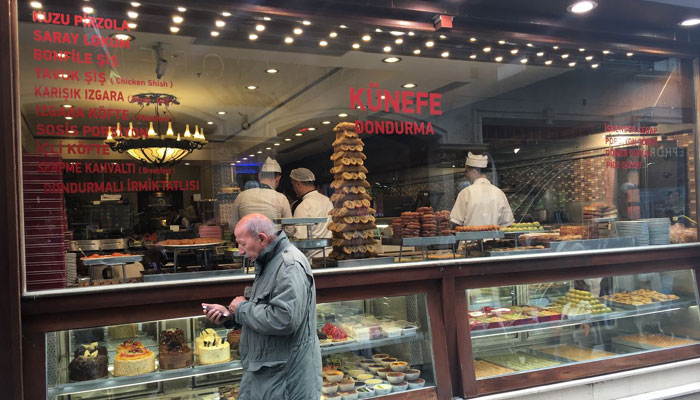
One of the many sweet shops on Istanbul's streets
There is no end to Istanbul’s wonders. Laced with rich Islamic history, ancient heritage, beautiful hills, elegant architecture, blue waters, quaint streets and lively cafes and shops, Istanbul stands in all its glory waiting to be discovered by adventurers and history buffs, tourists and travelers, the young and the old. My memories of Istanbul will stay with me forever.




